Even though Delhi only became the nation’s capital in 1911, it lived quite a thrilling life for centuries before then. If you’re looking at the calendar, Delhi traces back more than 800 years to when it was the center of Mughal power. As if that’s not a number to sneeze at, the city is also thought to have been the seat of power in 400 B.C. for Indra, according to the Sanskrit relic, Mahabharata. It’s safe to say we’re never going to be able to confirm or disprove the rumors—all the celebrities spotted that night aren’t available in present day for comment. But what we do accept is that Delhi is, quite literally, epic. Whatever else you end up doing in this city, don’t miss the historic trail. Because even though the monuments or their remains go back to only the last millennium, this city certainly wasn’t built in a day.
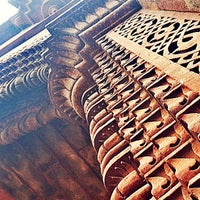 Credit: Foursquare
Credit: Foursquare1 Red Fort
Built in 1648 for the rule of Emperor Shah Jahan, the fort is a microcosm of politics, economy and life during the Mughal era. Its history commands authority – maybe that’s why we still raise the national flag within this rampart on Independence Day every year. The sound and light show brings all its old glory to life; this isn’t a show to miss.
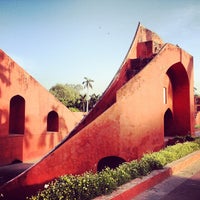 Credit: Foursquare
Credit: Foursquare2 Jantar Mantar
It’s only a compliment to the architectural genius of Maharaja Jai Singh II’s team that we can’t say with absolute certainty how the astronomical instruments of Jantar Mantar work. The independent masonry structures come together to form a precise network of walls and shadows to tell time, among other things. With the slope of the walls compensating for Delhi’s geographical latitude and therefore making them parallel to the Earth’s axis of rotation, this is one neat engineering feat.
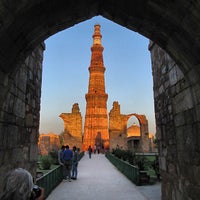 Credit: Foursquare
Credit: Foursquare3 Qutb Minar
If it’s possible to have such a thing as a favorite monument, I think this would be Delhi’s. Even though it now works as a signpost for how close or how far away we are from home, this towering minar was commissioned to issue the azan (call to prayer) and tells a beautiful tale of the invincibility of the Mughal rulers who started building it in 1192. It’s also a UNESCO World Heritage Site.
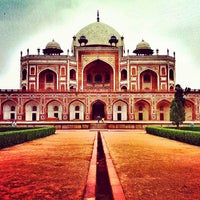 Credit: Foursquare
Credit: Foursquare4 Humayun’s Tomb
Also a UNESCO World Heritage Site, this must be the world’s most stunning final resting stop. It’s a fantastic example of the merging of design influences as diverse as Persian and Rajasthani which went on to become the predominant Mughal aesthetic; the various independent tombs amongst the gardens were used for the burial of not just Humayun but many more of the clan.
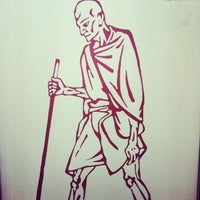 Credit: Foursquare
Credit: Foursquare5 Gandhi Smriti
If you’ve had your fill of dynastic history and feel up to exploring the more recent political past, Gandhi Smriti is a museum dedicated to the life and works of Mahatma Gandhi. Located on a road named after the day he was assassinated (Tees January Marg), it also shows where we stood in the last minutes of his life.
0 comments:
Post a Comment